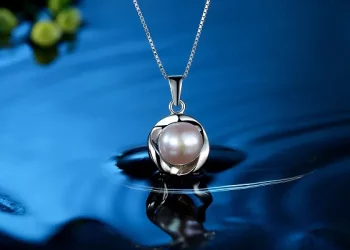Chardonnay is the wine that has garnered a reputation for being versatile and adaptable. It is often described as a “winemaker’s grape” because it is so amenable to different winemaking techniques. As such, it is one of the most popular white wines in the world. However, there is some debate about whether chardonnay should be chilled or not. In this essay, we will explore the arguments both for and against chilling chardonnay.
The Case for Chilling Chardonnay
Many wine enthusiasts argue that chardonnay should be chilled before serving. There are several reasons for this:
Refreshing and Crisp Flavor:
Chilling chardonnay can enhance its refreshing and crisp flavor. The colder temperature makes the flavors more pronounced, especially those of green apple and citrus.
Control Over Aromas:
Chilling also helps to control the wine’s aromas. When chardonnay is served at room temperature, its aromas can become overpowering, but when it is chilled, the aromas are more subdued and balanced.
Masking Flaws:
Chilling can also mask flaws in the wine. For example, if a chardonnay is slightly over-oaked or has too much residual sugar, chilling it can make these flaws less noticeable.
Pairing with Food:
Chilled chardonnay pairs well with many foods, including seafood, chicken, and salads. The cooler temperature of the wine complements these dishes’ lighter flavors and textures.
The Case Against Chilling Chardonnay
While there are some compelling arguments for chilling chardonnay, there are also some reasons why you might want to serve it at room temperature:
Suppressed Flavors:
Chilling can suppress some of the wine’s flavors. This is especially true for chardonnay that has been aged in oak barrels. The colder temperature can mask the wine’s subtle oak flavor, which is an essential part of many chardonnays.
Harsh Acidity:
If a chardonnay is already high in acidity, chilling it can make it taste overly harsh and tart. This can be unpleasant for some wine drinkers.
Masking Nuances:
Chilling can also mask some of the wine’s more delicate nuances. For example, if a chardonnay has a hint of vanilla or buttery notes, these flavors may be lost when the wine is chilled.
Aging Capabilities:
Finally, some experts argue that chilling can harm the long-term aging capabilities of chardonnay. By serving it at room temperature, you can allow the wine to develop its complexity over time.
Conclusion
In conclusion, whether or not to chill chardonnay is a matter of personal preference. Some people enjoy the refreshing and crisp flavor that comes with chilling, while others prefer to savor the wine’s complex nuances by serving it at room temperature. Ultimately, the decision comes down to what you like best. However, it’s worth noting that most chardonnays are indeed designed to be served chilled. If you’re unsure, try experimenting with different temperatures to see what works best for you. Cheers!
Related topics:





























